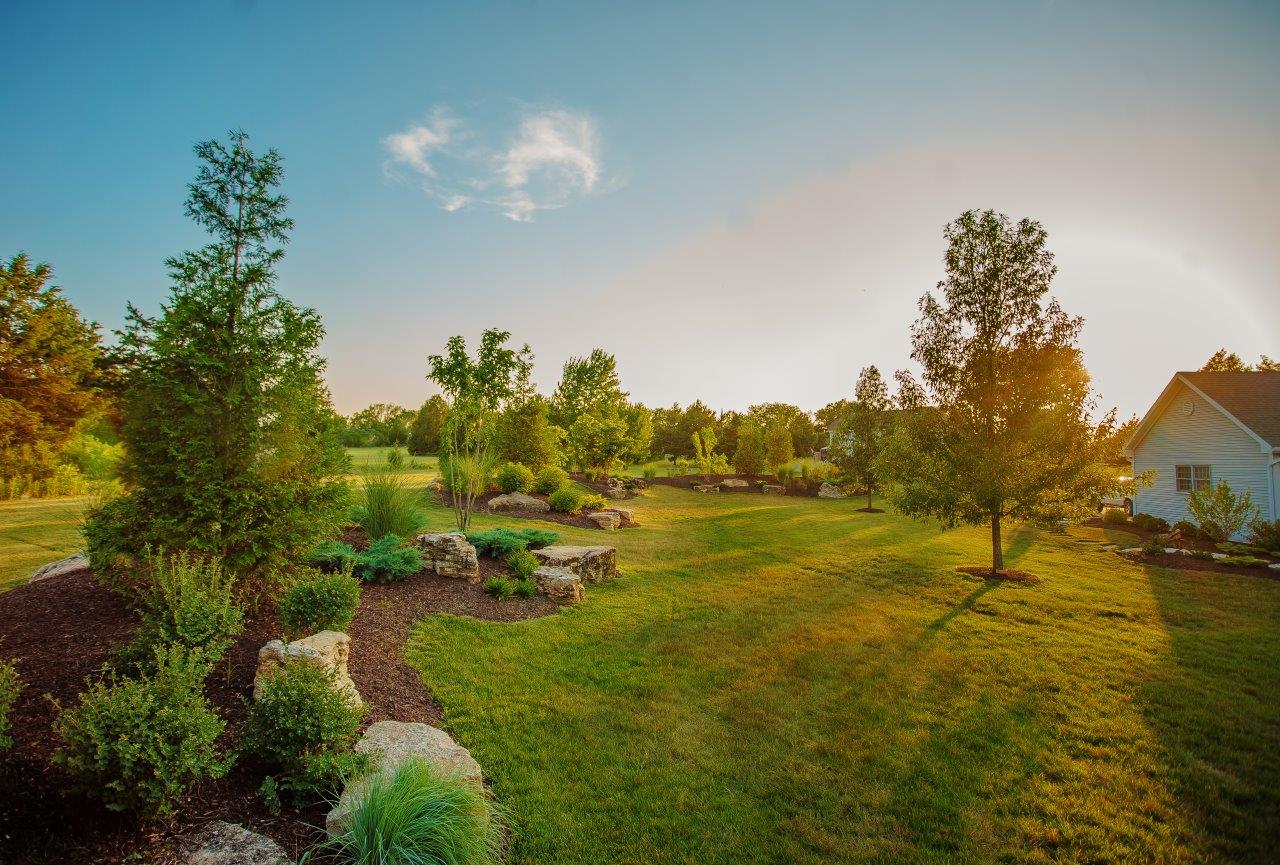The Best Strategy To Use For Hilton Head Landscapes
The Best Strategy To Use For Hilton Head Landscapes
Blog Article
The 10-Minute Rule for Hilton Head Landscapes
Table of ContentsThe Best Strategy To Use For Hilton Head LandscapesFacts About Hilton Head Landscapes RevealedThe smart Trick of Hilton Head Landscapes That Nobody is DiscussingThe Best Strategy To Use For Hilton Head Landscapes8 Easy Facts About Hilton Head Landscapes ExplainedThe Main Principles Of Hilton Head Landscapes The Facts About Hilton Head Landscapes Uncovered
Line develops all forms and patterns and can be made use of in a selection of ways in the landscape. Line in the landscape is produced by the edge between 2 materials, the synopsis or silhouette of a kind, or a long linear function. Lines are a powerful tool for the developer because they can be utilized to produce a boundless range of forms and kinds, and they control motion of the eye and the body.
Lines in the landscape. The residential or commercial properties of lines identify how individuals react to the landscape, both mentally and physically.
Some Known Details About Hilton Head Landscapes
Straight lines are most commonly located in hardscape edges and material. Rounded lines produce a casual, all-natural, loosened up personality that is connected much more with nature and asymmetrical balance. Rounded lines relocate the eye at a slower rate and include mystery to the area by producing concealed sights. Vertical lines move the eye up, making a room feel bigger.
Upright lines in the landscape consist of high, narrow plant product, such as trees, or high frameworks, such as an arbor or a bird house on a pole. Straight lines move the eye along the ground plane and can make a room really feel larger. Reduced lines are extra controlled and create a sensation of remainder or repose.
Indicators on Hilton Head Landscapes You Need To Know
Reduced lines are created by reduced garden wall surfaces, sidewalks, and short bushes. Lines are utilized to draw kinds on a plan. In plan view, they specify plant beds and hardscape areas. Lines are additionally produced by the upright forms of constructed functions and plant product. There are 3 primary line types that create type in the landscape: bedlines, hardscape lines, and plant lines.
Bedlines attach plant material to your home and hardscape due to the fact that the eye complies with the line, relocating the gaze with the landscape. Hardscape lines are developed by the edge of the hardscape, which defines the constructed framework. Line can also be created by long and narrow materials, such as a fence or wall surface.
Unknown Facts About Hilton Head Landscapes
Type is discovered in both hardscape and plants, and it is typically the dominant visual aspect that spatially arranges the landscape and often identifies the design of the yard. The type of structures, plant beds, and yard accessories likewise figures out the general form motif of the yard. Formal, geometric forms consist of circles, squares, and polygons.
Plants produce type in the garden via their describes or silhouettes, yet kind can likewise be defined by a gap or unfavorable area between plants - landscapers hilton head island (https://www.kickstarter.com/profile/h1tnhdlndscps/about). Circles can be cycles, or they can be divided into fifty percent circles or circle sections and integrated with lines to develop arcs and tangents
The Greatest Guide To Hilton Head Landscapes
Circles can additionally be stretched right into ovals and ellipses for even more variety and passion. Circles are a solid design type due to the fact that the eye is always attracted to the facility, which can be used to stress a focal point or link various other types. Number 2. Circular types in hardscape and lawn panels.
The square kind can additionally be segmented and secondhand repetitively to create a grid pattern. Unlike circles, squares are stronger on the sides, which can be lined up or overlapped to create one-of-a-kind patterns and more complex types.
Meandering lines frequently resemble the natural course of rivers or streams and can be learn the facts here now called smooth lines with deeply curved undulations. Meandering lines (Number 3) function well for paths, plant bedlines, and completely dry stream beds. Twisting lines can add rate of interest and mystery to a garden by leading audiences around corners to discover new sights and rooms.
The smart Trick of Hilton Head Landscapes That Nobody is Discussing

Figure 5. Fragmented sides: tipping stones in path. Type is the most enduring quality of a plant (landscapers in bluffton sc). https://hilton-head-landscapes-46665114.hubspotpagebuilder.com/blog/transform-your-outdoor-space-with-hilton-head-landscapers. Typical plant forms are well established and standard, as kind is one of the most regular and recognizable feature of plants. Kind can also be produced via the massing of plants, where the total mass develops a different kind than a specific plant.
An extremely different type must be used with careone or two job well as a prime focus, yet a lot of develop turmoil. Natural plant forms, as opposed to over-trimmed forms, should establish the bulk of the composition. The significance of overall kind is basically reliant on the viewing perspectivethe form of a tree can show up quite various to a person standing under the cover versus watching the tree from a distance in an open field.
Some Known Questions About Hilton Head Landscapes.
Plant forms also produce and define the space or open rooms in between the plants, creating either convex or concave types in the voids. High-arching tree branches typically develop a concave open room under the branches, and a rounded cover with reduced branches loads the room to develop a convex type outdoors area under the tree.

Report this page